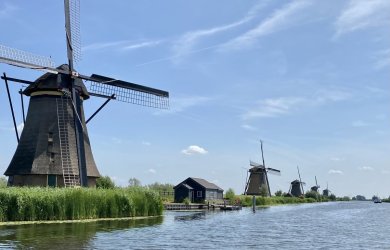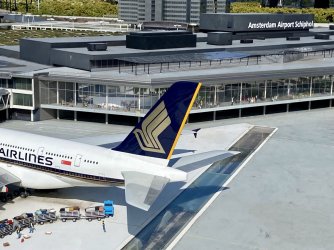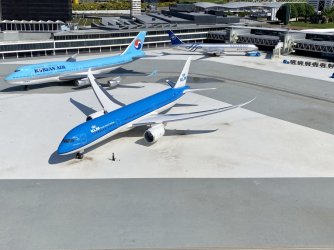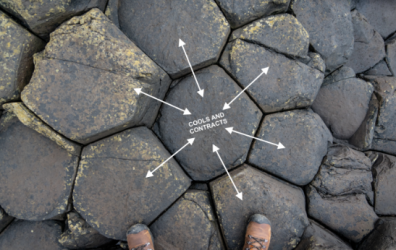- Joined
- Mar 26, 2017
- Posts
- 2,558
- Qantas
- LT Gold
- Virgin
- Gold
A bit of a shock no doubt. Glad to hear no serious injuries and no effect on knee. Will be interesting to hear how SS reacted.My office today met another office head on. Mine is the white one. No one with serious issues. About 4 of us with slight knee grazes.View attachment 351751
How about your whiplash?My office today met another office head on. Mine is the white one. No one with serious issues. About 4 of us with slight knee grazes.View attachment 351751
AFF Supporters can remove this and all advertisements




From the water office.
Interesting when I went there I was reminded of Giants Causeway?From the water office.
View attachment 352035
View attachment 352036
View attachment 352037
View attachment 352038
View attachment 352039
View attachment 352040
Back at the Tasman Peninsula, SE Tassie.
Interesting when I went there I was reminded of Giants Causeway?
@RooFlyer - am I geologically challenged?


